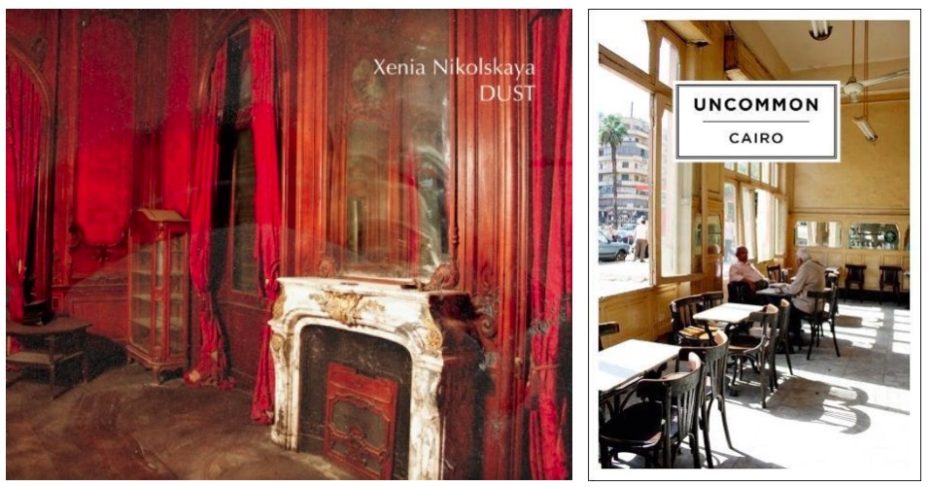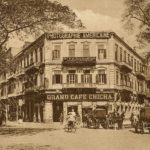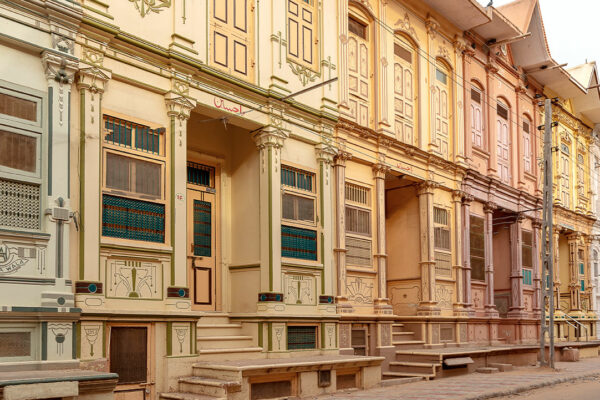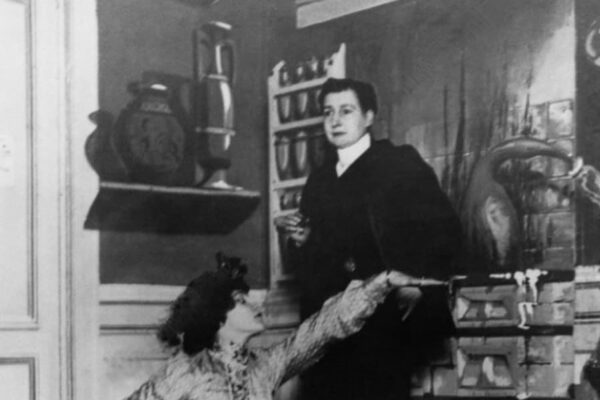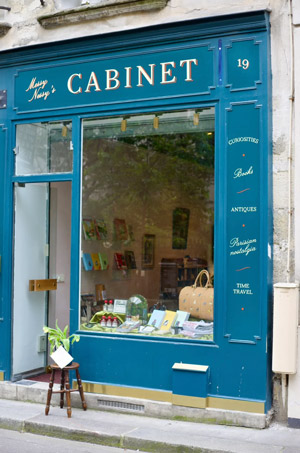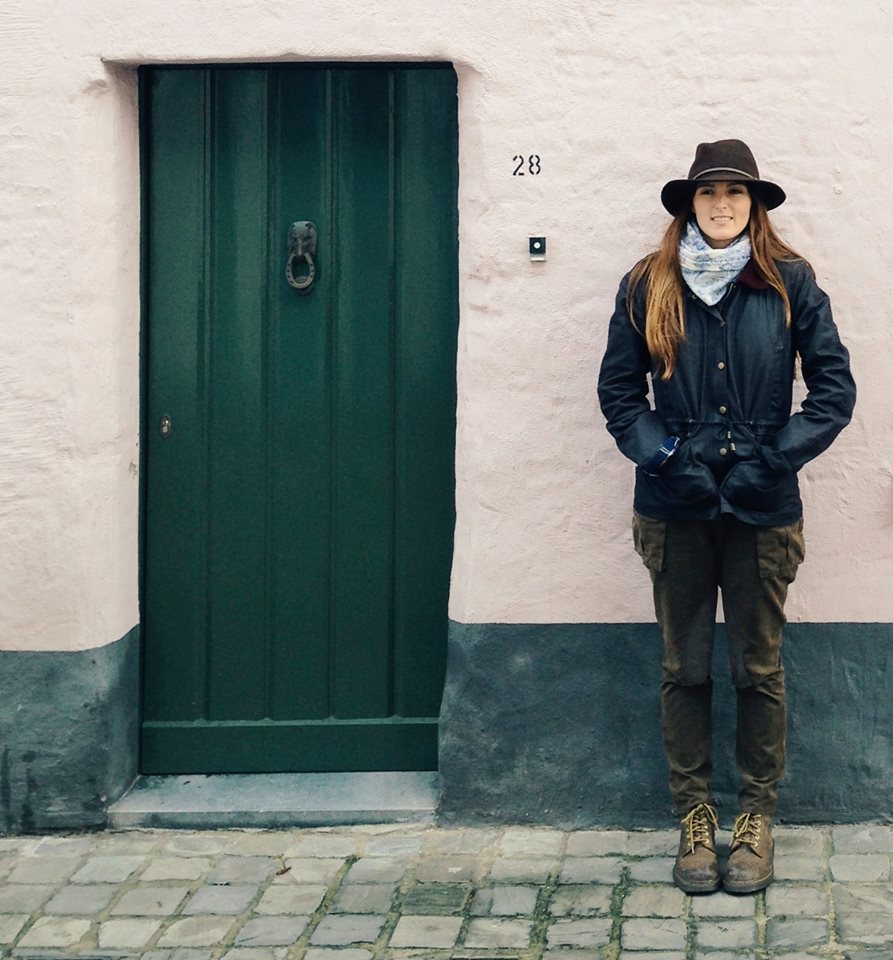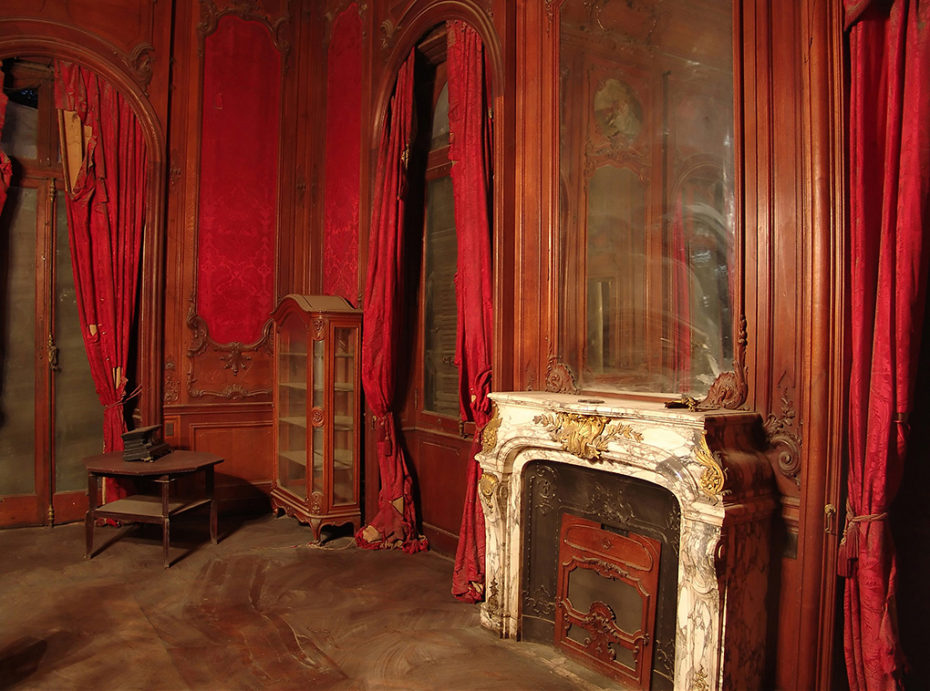
Sarageldine Palace, Cairo © Xenia Nikolskaya
When you visit Egypt, you’re supposed to come back with photographs of the pyramids. “I didn’t find them very interesting,” says photographer Xenia Nikolskaya, “and consequently didn’t photograph them”. In 2006, Xenia had travelled to Cairo with the help of the Egyptian Embassy in Moscow, but when she returned without a single photo of a pyramid, the director of the Egyptian Cultural Centre never called Xenia again. She’d spent her days instead, wandering the streets of downtown Cairo, discovering the crumbling relics of Egypt’s forgotten Belle Epoque period; mummified mansions of Cairo’s not-so-ancient history.
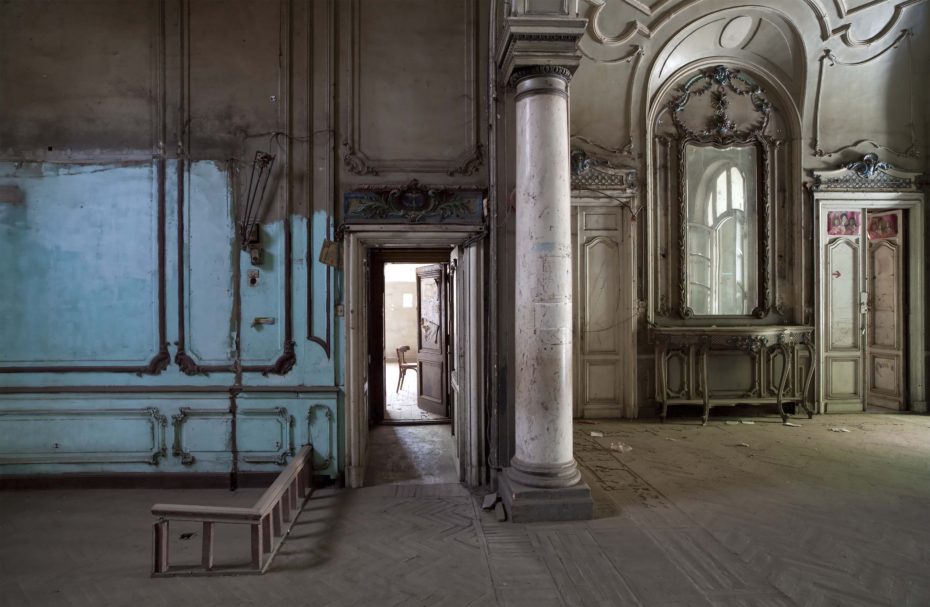
Villa Casdagli © Xenia Nikolskaya
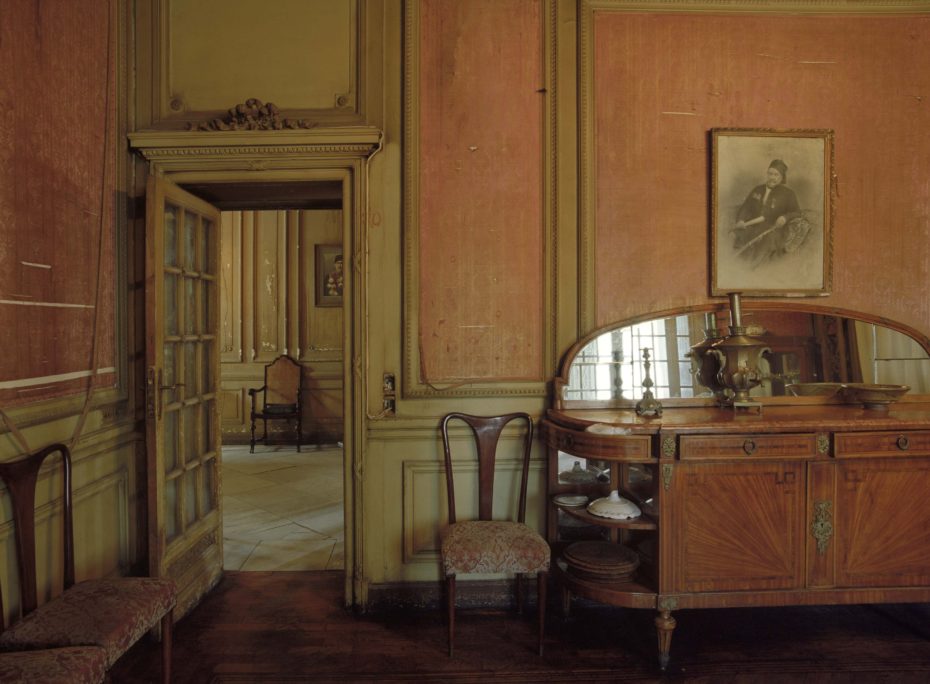
Kasr el Doubara, Cairo © Xenia Nikolskaya
The photographs Xenia took shed light on Egypt’s other historical buildings– the ones that have stood unloved, unvisited and uncelebrated despite their magnificent Beaux-Arts opulence that rival much of the best 19th century architectural treasures we have in Paris. Xenia named the series “Dust”, after the sleeping Beauty castles she found “totally untouched and covered with a soft layer of dust”.
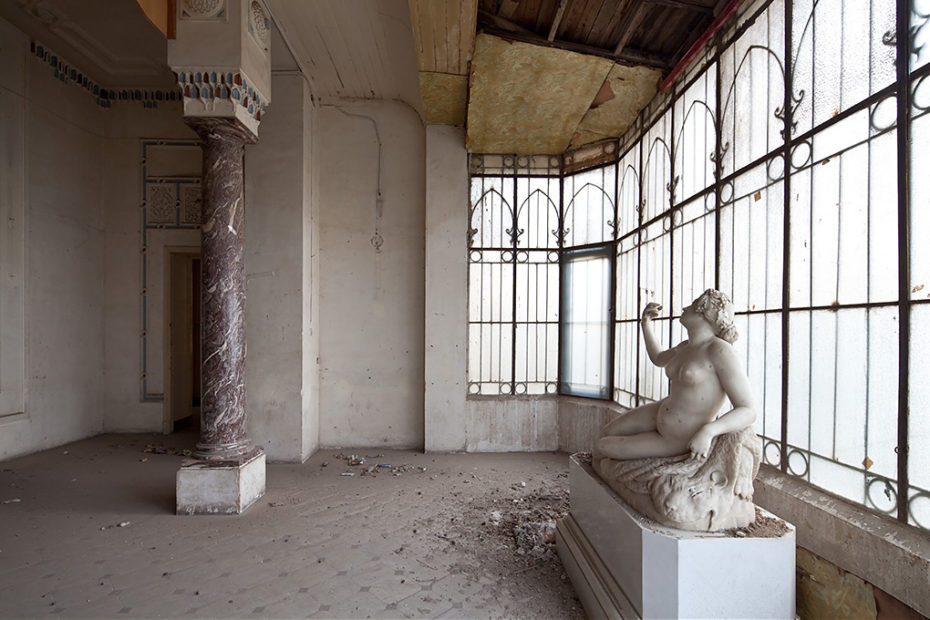
Sultana Malak Palace, Cairo © Xenia Nikolskaya
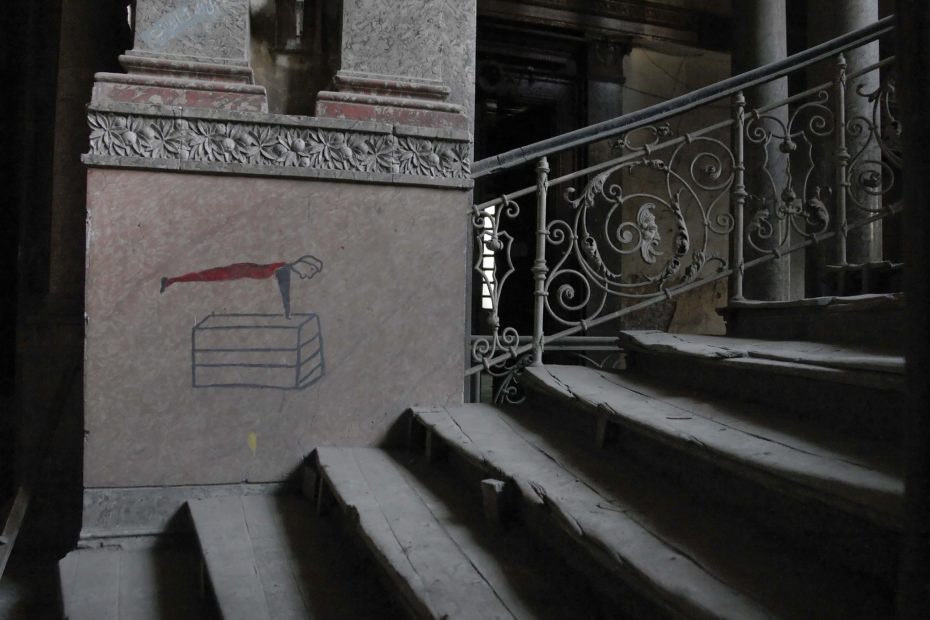
© Xenia Nikolskaya

Sakakini Palace © Xenia Nikolskaya
I decided to get in touch with the Russian-born photographer who turned “Dust” into a book and saw her photographs exhibited in the world’s biggest museum in St. Petersburg. “We prefer buildings to people clearly,” she joked when I explained I had my own fascination with abandoned architecture. I asked whether locals in Cairo took an interest like us in documenting these forgotten buildings, frozen in time.
“I actually think my book might have helped lure the attention of Cairenes to their more recent heritage,” she says. “Since the revolution too, the younger generation is trying to reflect on their past and figure out their identity.”
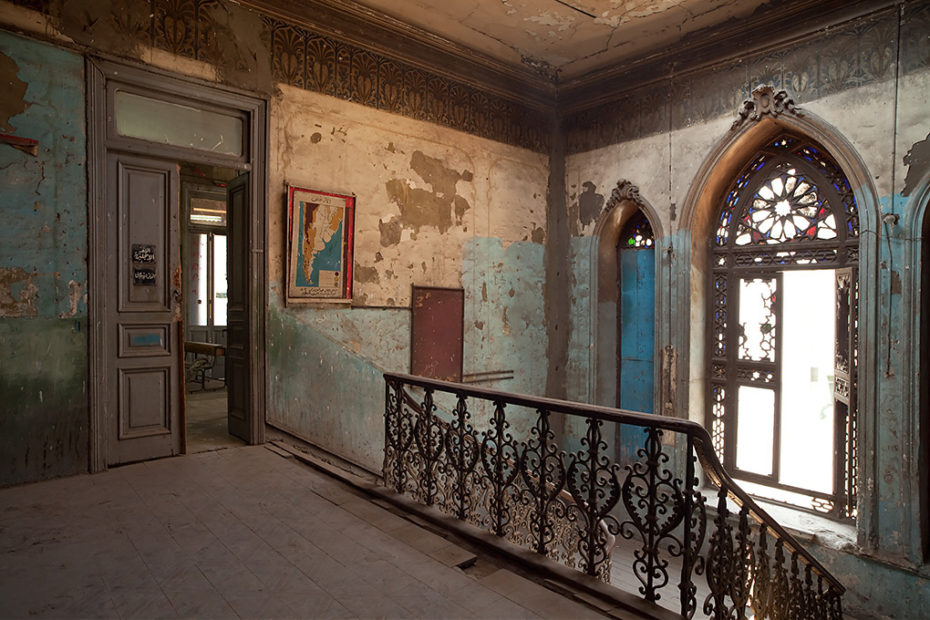
© Xenia Nikolskaya
Her project began more than 10 years ago now, and since then, a certain number of places documented by Xenia have since been demolished or gone through processes of renovation and modernization. I was curious to know which ones were exactly as she left them, and whether she often returns to check on their fate.
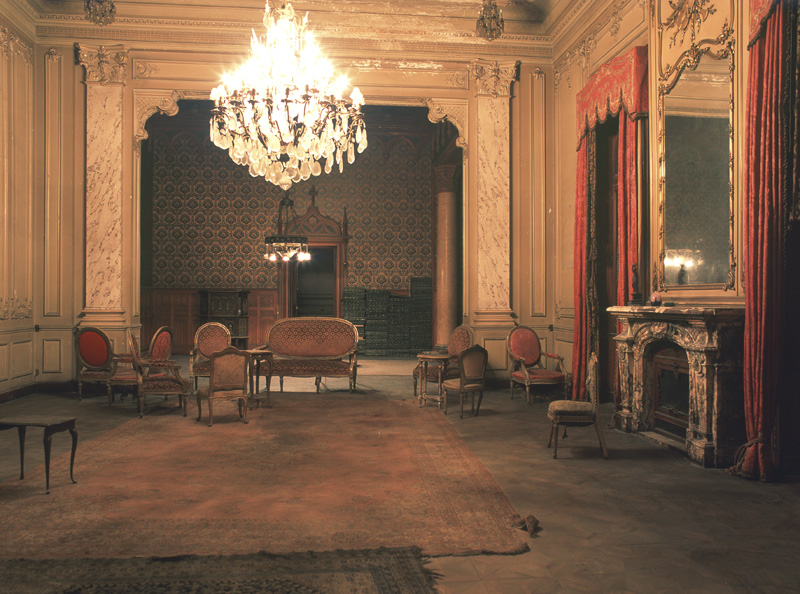
Sarag El Din Palace © Xenia Nikolskaya
“I’ve been back to the Sarag El Din Palace three times, every time visit, I notice something else is gone” says Xenia. The first time she went, the doorman let her inside the shuttered building where she found all the furniture still there, as if the residents had left suddenly, possibly at the time of the revolution in 1952.
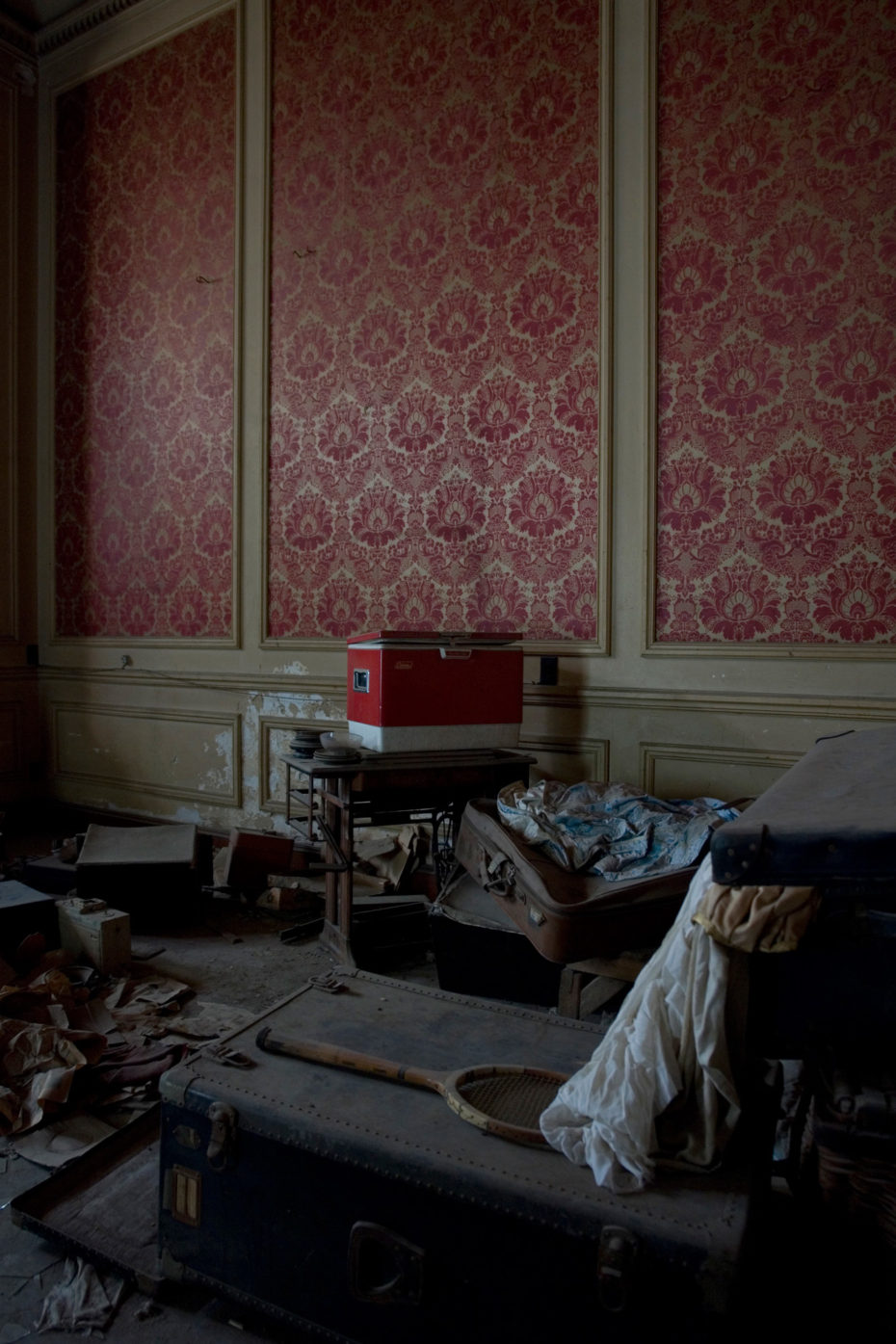
Sarag El Din Palace © Xenia Nikolskaya
It was built in 1902 by a famous Italian architect originally intended to serve as the German Emperor Kaiser Wilhelm’s residence during his visits to Egypt (which were thwarted by the First World War) and then bought by Egypt’s Minister of Agriculture. Owned by his many heirs since, asking millions to be restored, it now stands empty since the last owner Fuad Sarageldine died in 2000.
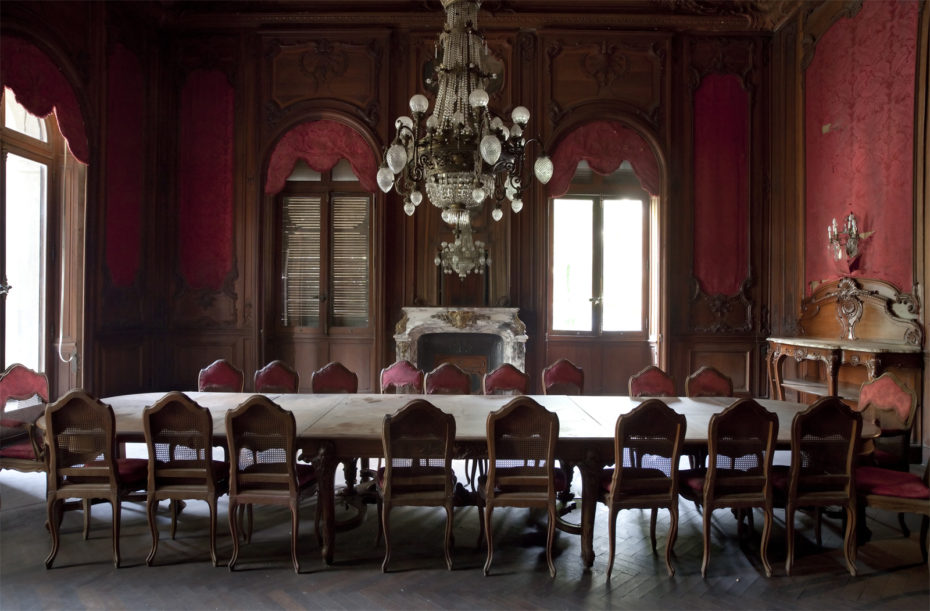
Sarag El Din Palace © Xenia Nikolskaya
Many of these abandoned edifices are owned by private individuals, who in many cases, own little else. “A law that was established in the 1960s made it possible to rent space in these buildings for a ridiculously low cost and no one has been able to change the rent since then. You can give your palace to your children, but realistically you can’t sell it, you can’t sublet it, you can’t do anything but live there”, explains Xenia. Landlords can’t afford to renovate, because they don’t earn enough money. All too often, real estate developers come along and offer to pay a huge sum for their property only to knock it down for profit.
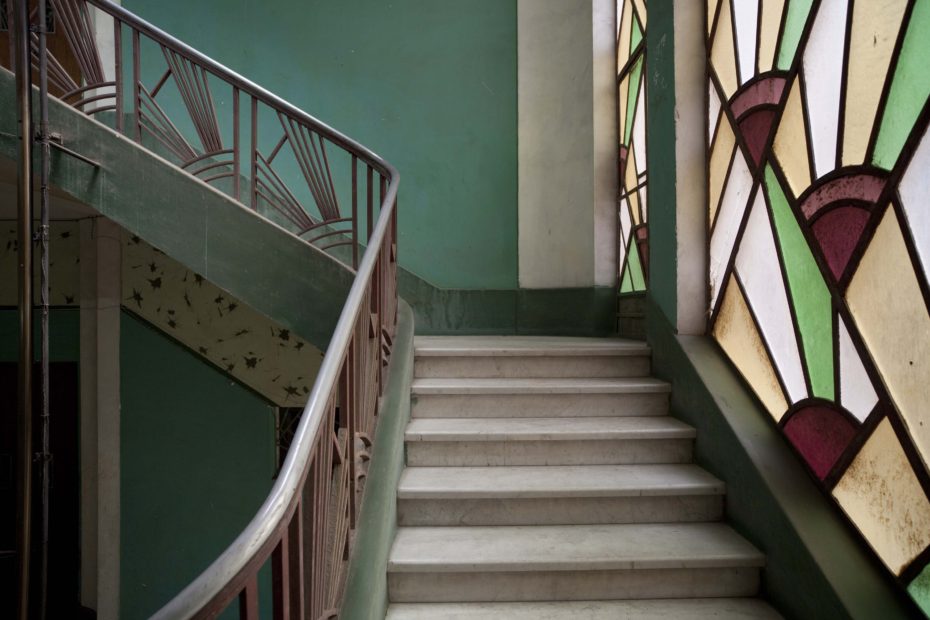
© Xenia Nikolskaya
“The Indian-inspired Baron Empain Palace and the Sakakini Palace are the only positive examples I’ve seen so far”, says Xenia. Located in the El Sakakini Square in the Al-Daher area of downtown, Sakakini is a Rococo building built in 1897 by Khalil al-Sakakini, a scholar and poet who taught at Columbia University in America. The palace has over 50 rooms, over 400 windows and doors, and is decorated with more than 300 busts and statues. It is currently closed for renovation, destined to become a museum of medical instruments.
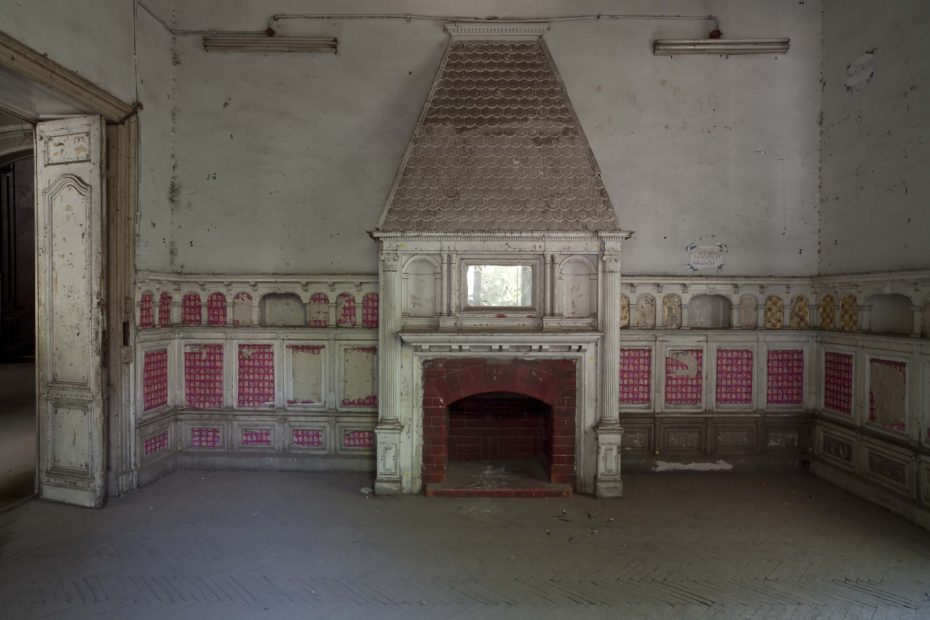
© Xenia Nikolskaya
Above, the “Barbie room” of Villa Casdagli, photographed in 2010. It played a major role in modern Egyptian history, witnessing many conflicts and negotiations between 19th and 20th century royal Egyptian leaders and British “imperialist occupation” administrators.
One of Villa Casdagli’s pre WW-II tenants was the American Embassy.
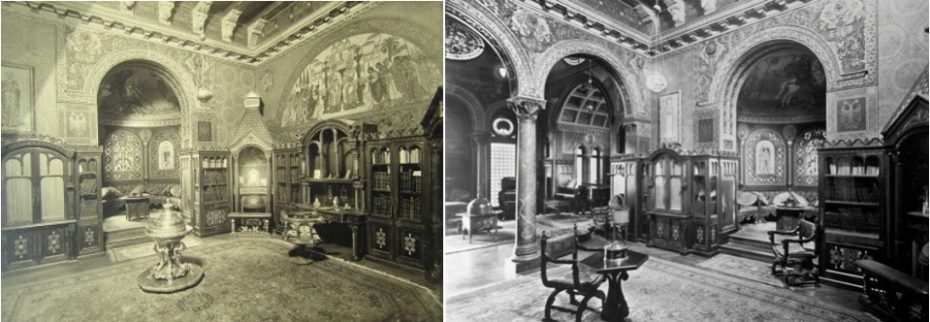
Pictured above as it was, the villa was used for an evangelical church school, known as Kaser EL-Dobara Experimental Language School, but in 2011, it was badly destroyed by fire during the clashes of 2011 and now stands almost in ruins.

Agricultural Museum (now closed “for renovation”) © Xenia Nikolskaya
I wondered if the architecture having such strong ties with a colonial period in Cairo might have something to do with the neglect. “Colonial architecture is not quite Egyptian architecture. It’s true this might be part of the reason,” Xenia tells me, “but I believe the main reason is a general lack of education, which is of course is a very international problem. We have the same problem in my own country.”
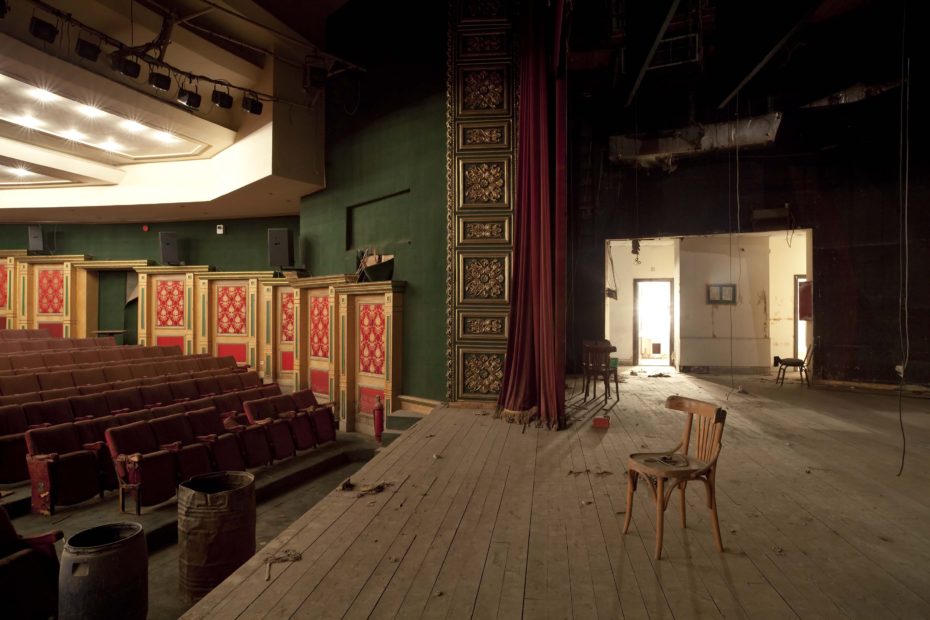
Radio Cinema © Xenia Nikolskaya
Downtown Cairo and particular, the Garden City was once Cairo’s top drawer residential quarter and home to several members of the Egyptian royal family who built their palaces there.
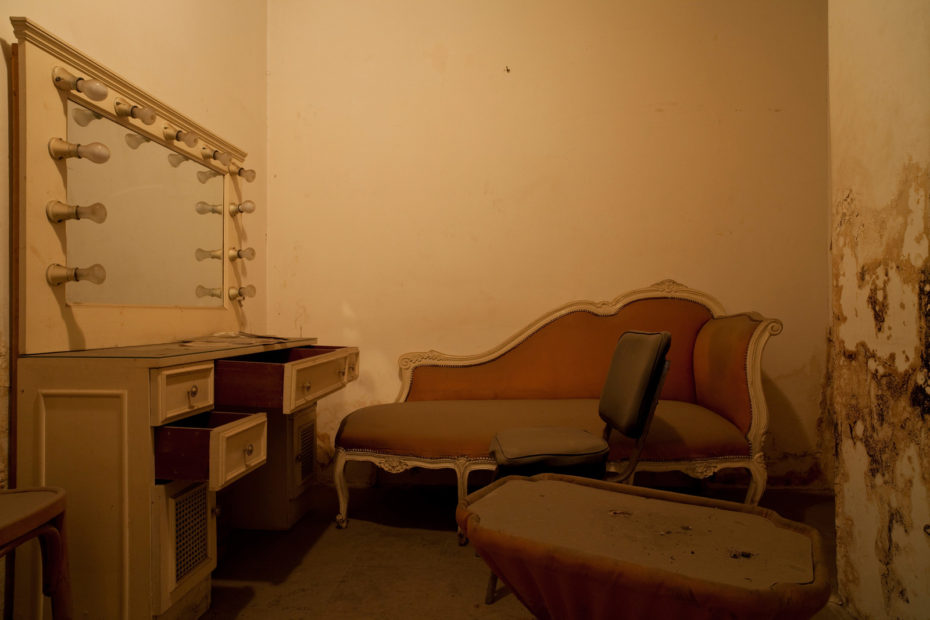
Make-up Room, Radio Cinema, 2010 © Xenia Nikolskaya
The Radio Cinema cinema was once of the most glamorous places to see the city’s elite.
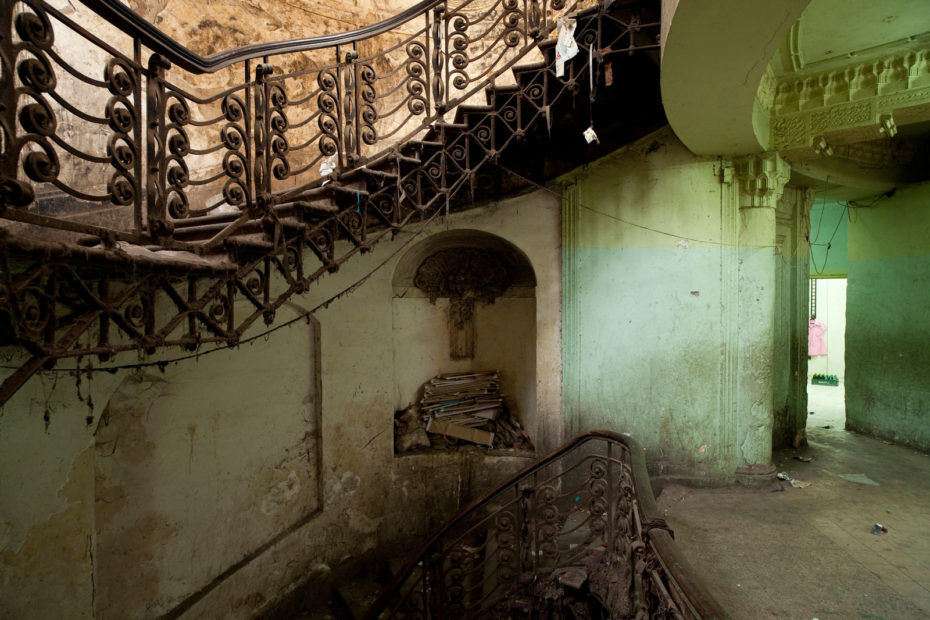
© Xenia Nikolskaya
Pictured above, the Tiring department store, once the “Galeries Lafayette of Cairo”.
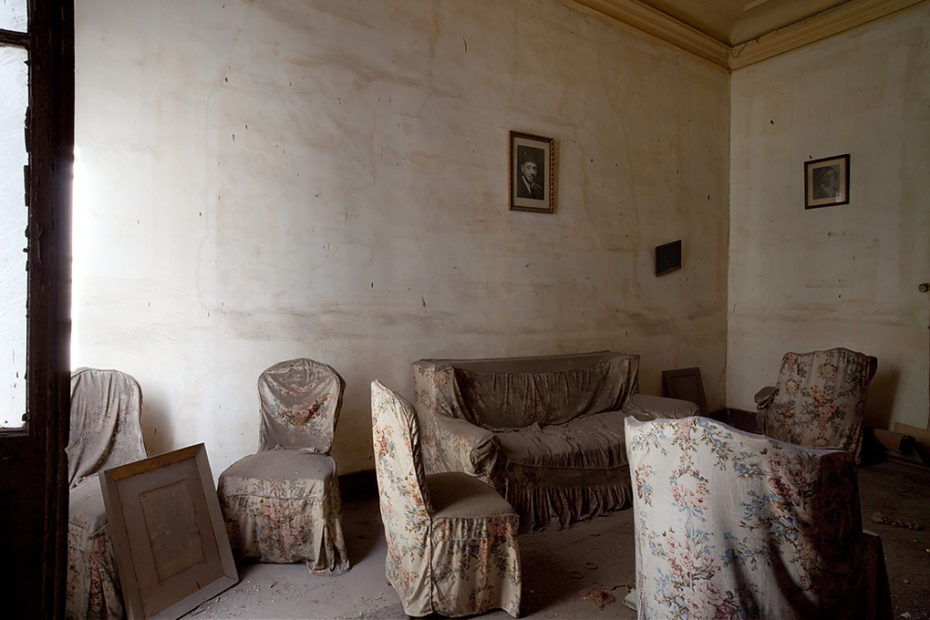
An apartment in Downtown Cairo © Xenia Nikolskaya
The last pictures for “Dust” were taken on 17 January, just before the Arab Spring revolution began, and the final selection was completed on 11 February — the day Hosni Mubarak stepped down. It is uncertain whether the palaces will be preserved by the new government. “It is really painful to see the demolition– most recently we saw the loss of many historical buildings in Port Said,” says Xenia, who estimates around 30% of what she photographed has now been demolished or developed beyond recognition.
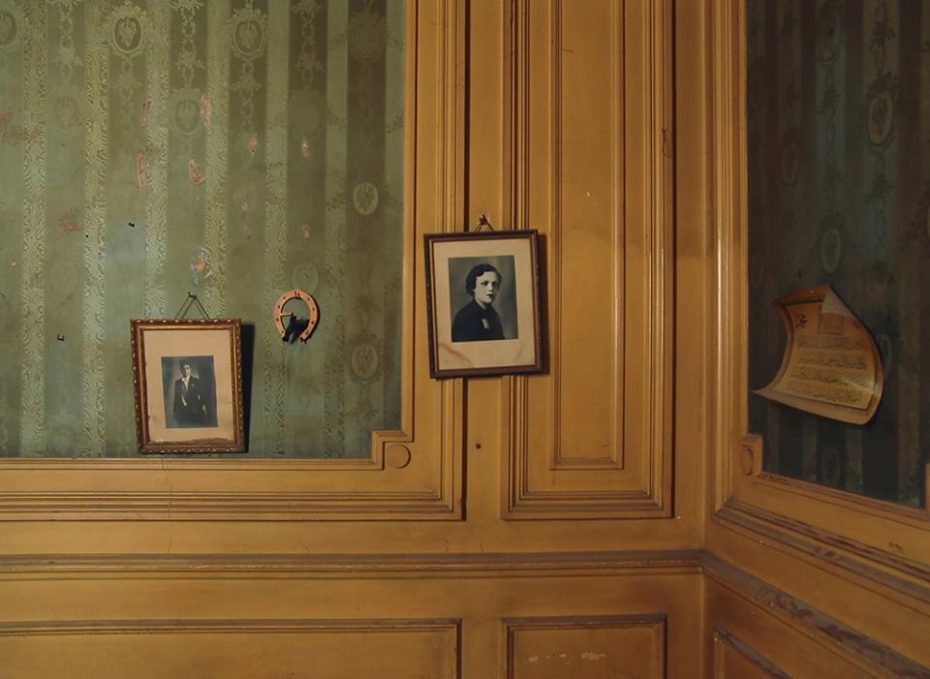
© Xenia Nikolskaya
“My roll as photographer is to grab people’s attention, take as many pictures as possible, which can be used for restoration purposes or, worst case scenario, as a memory”.
